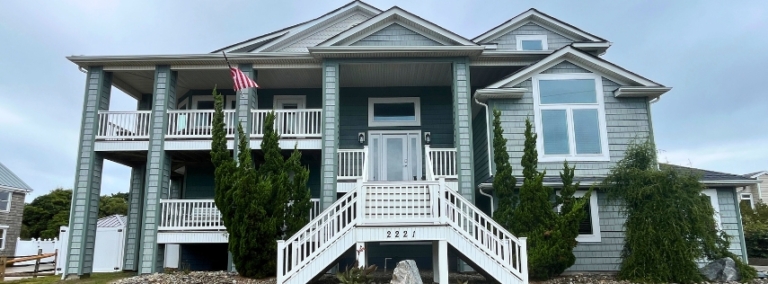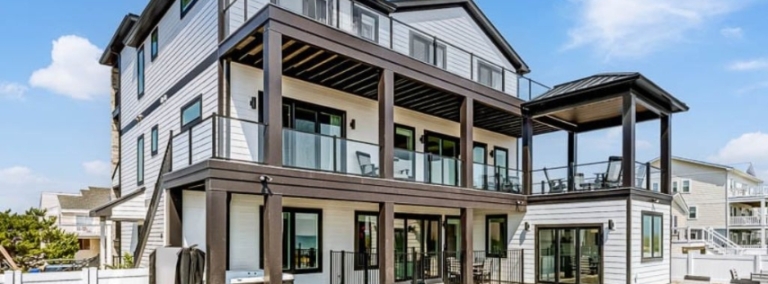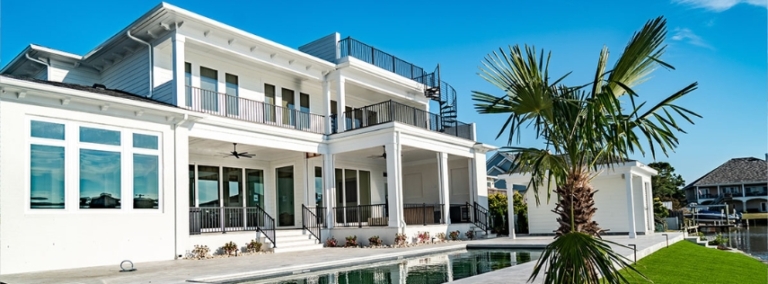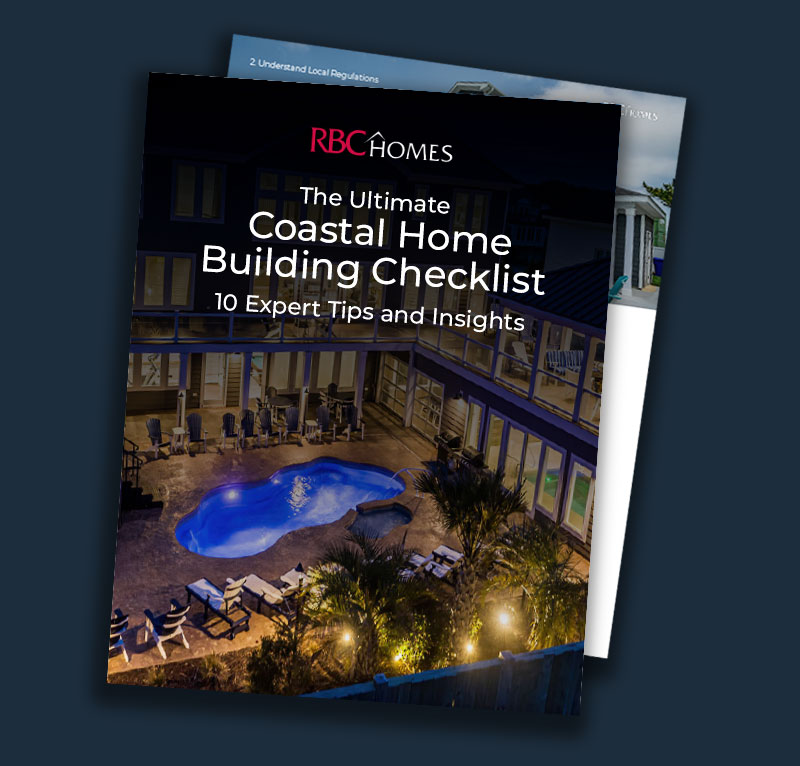Home Renovation Mistakes to Avoid — 30 Common Pitfalls
Thinking about updating your home? A renovation can add comfort, value, and style, but even small oversights can lead to big regrets. Understanding the most common home renovation mistakes to avoid can help you plan smarter and stay on budget. So, what are the most important home renovation mistakes to avoid? Here are 30 of […]








